The sudden outbreak of SARS-CoV-2 meant that clinical research labs all over the world invested in high-quality electronic liquid handling tools to improve the throughput of PCR testing as part of wider efforts to bring the virus under control. PCR testing for SARS-CoV-2 has since been gradually scaled back, sparking curiosity as to how the liquid handling tools acquired during the pandemic are now being used, if at all. To shed some light on this topic, INTEGRA Biosciences surveyed its customers who had previously been performing COVID-19 testing, asking how they were using their new platforms and devices now.
Content provided by Dr. Éva Mészáros, Application Specialist, INTEGRA Biosciences
The rapid onset of the SARS-CoV-2 pandemic forced clinical labs around the world to change their focus to rapid PCR testing. The scale of these operations also prompted facilities to seek new instruments that would allow them to streamline their testing workflows, increasing sample throughputs and accelerating turnaround times despite frequent staff absences and highly variable workloads.
Since then, the need for SARS-CoV-2 testing has slowly diminished, forcing labs to evolve and shift their focus once again. A survey by INTEGRA Biosciences aimed to find out how its customers from a broad spectrum of scientific fields—spanning genomics, toxicology, virology, and molecular diagnostics—have since repurposed the liquid handling instruments that they originally purchased for SARS-CoV-2 testing.

Adapting to the Need
Half of all the facilities surveyed were performing all of their liquid handling tasks manually prior to the pandemic and purchased INTEGRA pipetting systems to up their capacity and cope with high numbers of samples.
This included a variety of instruments—such as the VOYAGER adjustable tip spacing pipettes, VIAFLO 96 and VIAFLO 384 handheld electronic pipettes, VIAFLO lightweight electronic pipettes, and MINI 96 portable electronic pipettes—depending on the labs’ specific needs, set-up and team size. In addition, 75 percent of labs chose to automate their liquid handling workflows with an ASSIST PLUS pipetting robot.
Demonstrating Versatility
All of the laboratories involved in the survey reported that the demand for COVID-19 testing is now far less than it was during the peak of the pandemic, with 75 percent of facilities processing only 10 percent of the sample volumes they saw at the height of their testing operations.
As the need for testing has decreased, these pipetting instruments have gradually become available for use in other applications, and INTEGRA pipettes are now being used to prepare, reformat and transfer samples for genetics studies—such as nucleic acid extraction and NGS library preparation—as well as for the investigation of mutations in the hemochromatosis, factor V and prothrombin genes.
Other labs are using these instruments in antibiotic resistance studies, women’s health testing and biochemical assays. This ability to rapidly evolve in the face of new healthcare needs demonstrates the versatility of both the liquid handling products and the innovative laboratories using them.
Supporting Lab Transformation
The ASSIST PLUS pipetting robots have also remained crucial to lab workflows, and are now being used to automate high throughput mpox, STI, and respiratory panel assays, as well as various R&D projects. Users have found that they bring several advantages to their workflows, including reducing operator errors, allowing greater consistency, and improving the accuracy of results.
On top of this, automating laborious and time-consuming liquid transfer steps means that fewer staff are needed for each activity, increasing lab throughput. INTEGRA’s pipetting solutions and accompanying software are also intuitive and straightforward to use, cutting the time needed for training and reducing the associated loss of productivity.
Over half of the survey respondents use their ASSIST PLUS robots every day, and 92% of survey respondents plan to use them for additional liquid handling applications in the future.
RELATED ARTICLE
Conclusion
The constantly changing scientific landscape and unpredictable external challenges—such as an erratic supply chain, inflated running costs, and widespread understaffing—mean that labs need to adopt flexible and robust liquid handling solutions that can adapt to their workflow needs.
The findings of this short survey indicate that high-quality liquid handling products—like those produced by INTEGRA—are valuable assets for any lab serious about staying cost-effective and remaining adaptable to the diagnostic needs of the future.
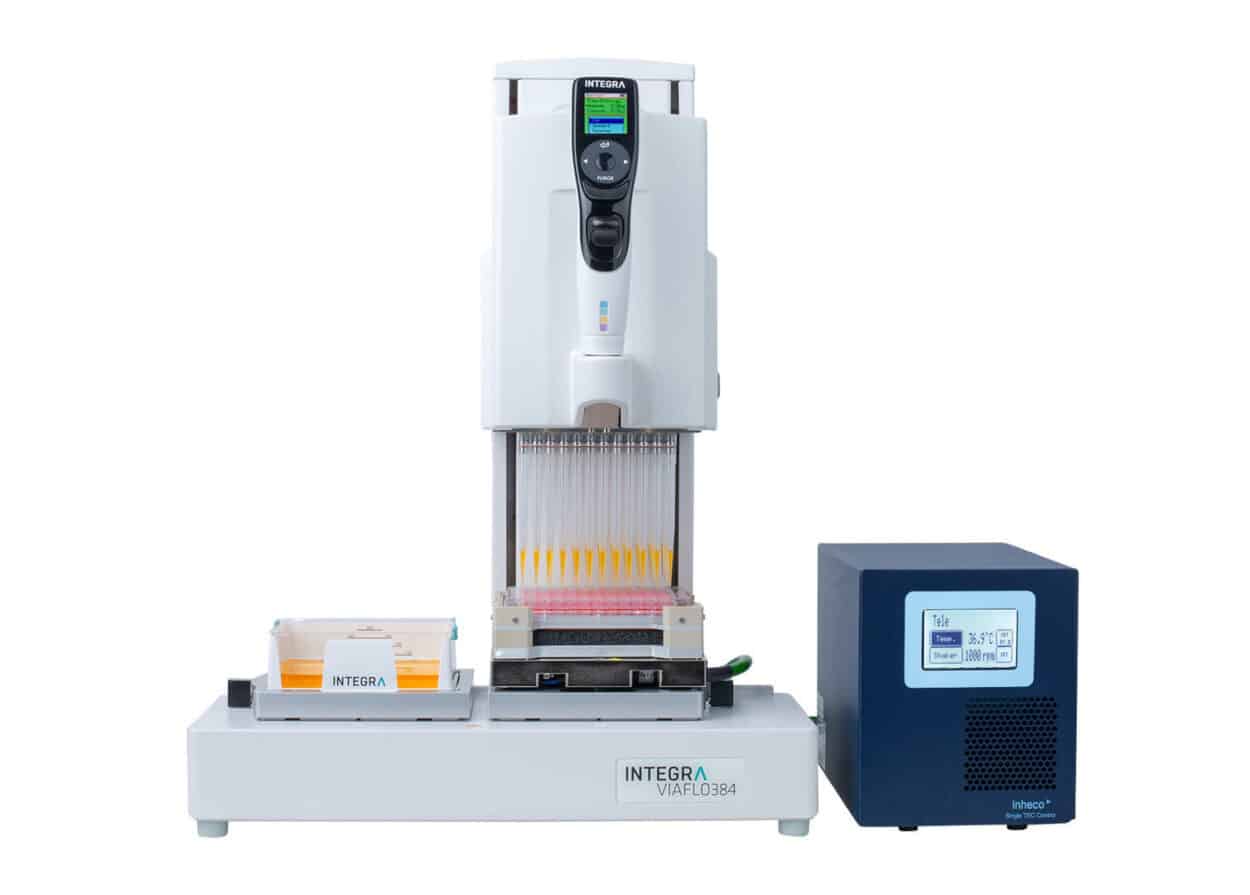


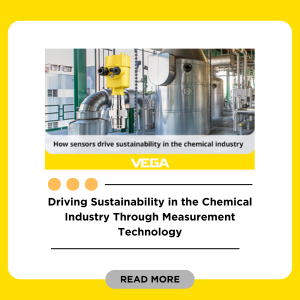

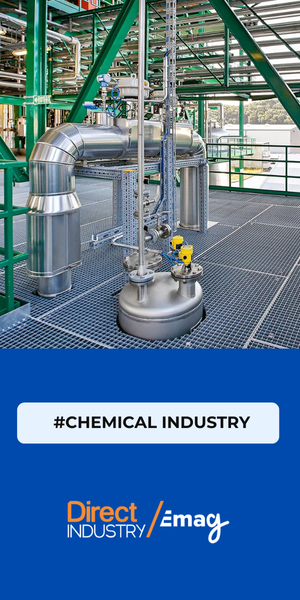
![Image [BUYING GUIDE] How to Choose the Right Industrial Robot?](/wp-content/uploads/sites/3/Industrial-Robot-320x213.jpg)
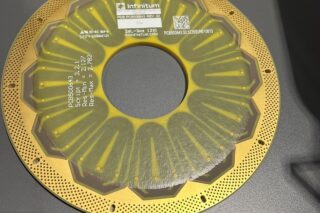
![Image [Buying Guide] How to Choose the Right Safety Shoes?](/wp-content/uploads/sites/3/Safety-Shoes-320x213.jpg)

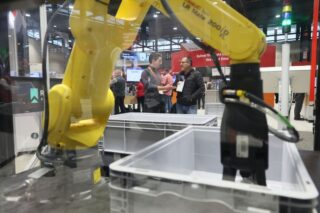
![Image [Buying Guide] How to Choose the Right AMR?](/wp-content/uploads/sites/3/AMR-320x213.jpg)